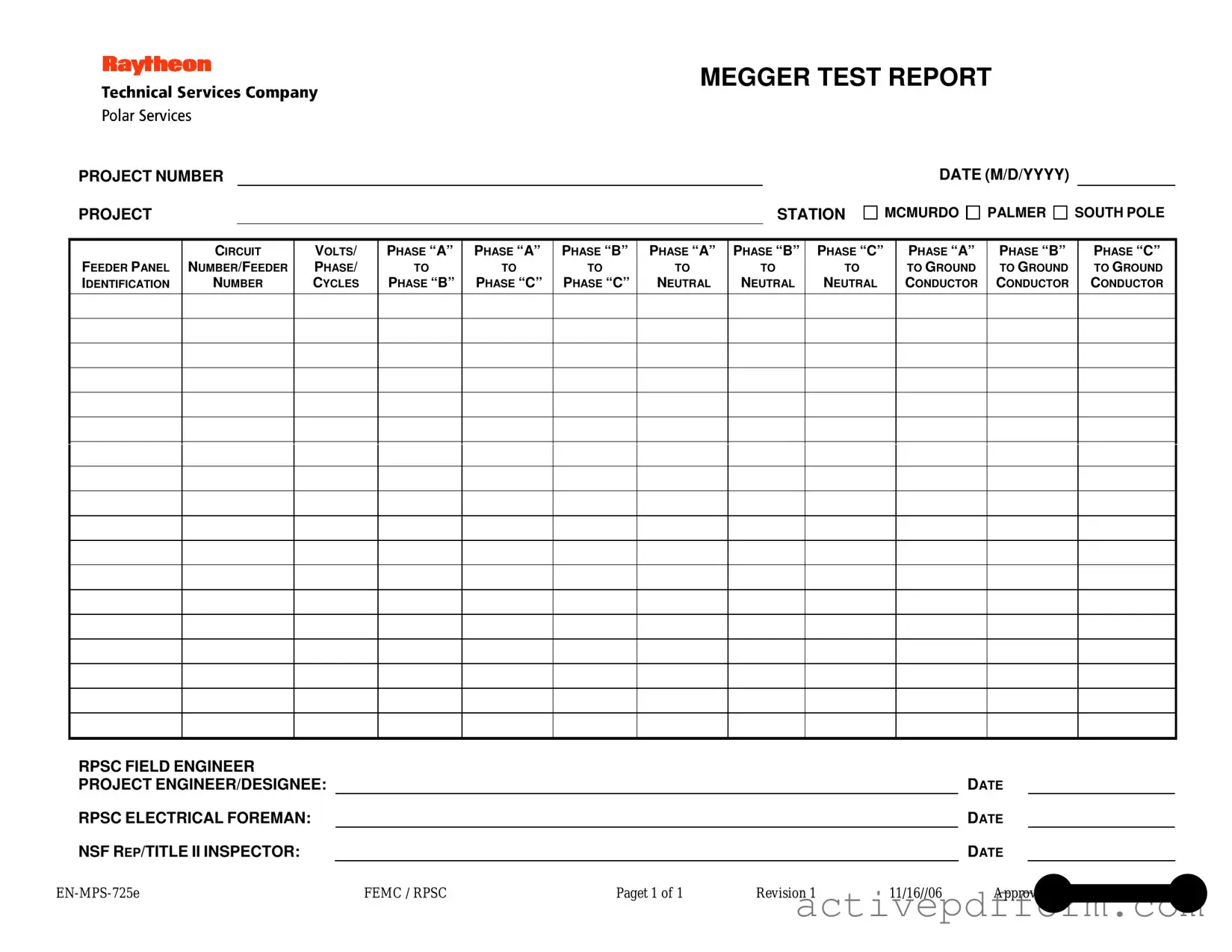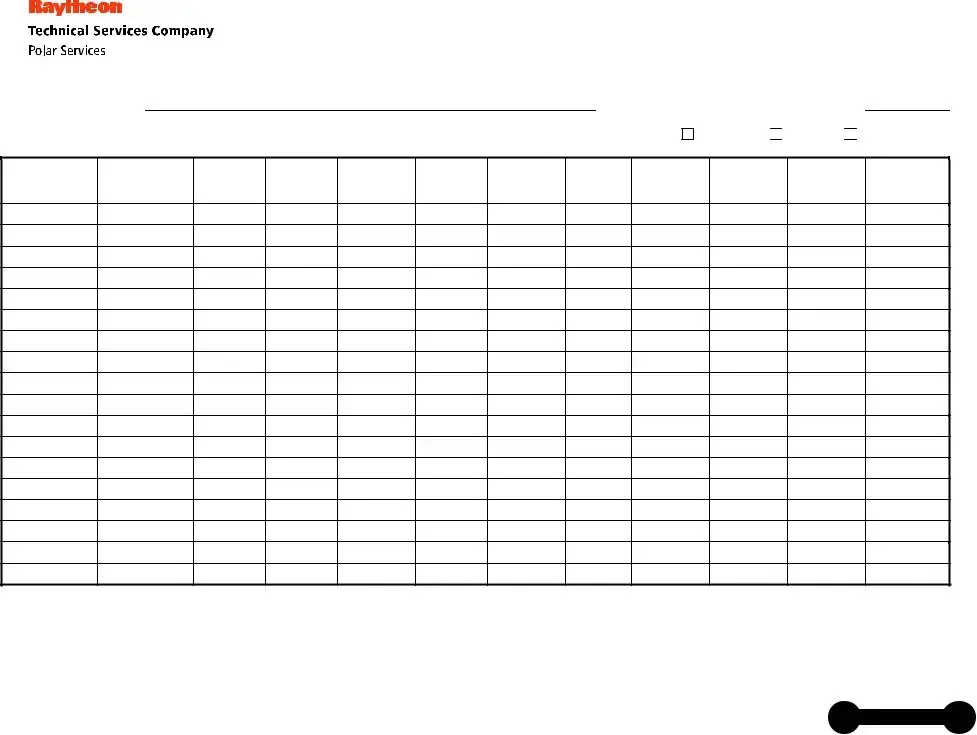What is the purpose of the Megger Test form?
The Megger Test form is used to document the results of insulation resistance testing on electrical systems. It helps ensure that electrical installations are safe and meet required standards. By recording the resistance values between phases and between phases and ground, the form provides a clear overview of the system's insulation integrity.
What information do I need to fill out on the Megger Test form?
To complete the Megger Test form, you will need to provide several key details. This includes the project number, project station, and the date of testing. Additionally, you must identify the feeder panel and circuit numbers. Voltage, phase, and cycle information for each test conducted between phases and neutral must also be recorded. Lastly, signatures from the field engineer, project engineer, electrical foreman, and NSF representative are required for validation.
How should the test results be interpreted?
The test results indicate the insulation resistance between different conductors and ground. Higher resistance values generally signify better insulation quality. If any readings fall below the acceptable threshold, it may indicate potential issues that require immediate attention. Always refer to industry standards for the minimum acceptable resistance values to ensure compliance.
Who is responsible for completing the Megger Test form?
The responsibility for completing the Megger Test form typically falls on the electrical foreman or designated project engineer. However, all personnel involved in the testing process should be familiar with the form and its requirements. Collaboration ensures that all necessary data is accurately captured and reported.
How often should the Megger Test be conducted?
The frequency of Megger testing depends on several factors, including the type of installation and environmental conditions. Generally, it is advisable to perform these tests during initial installation, after any maintenance work, and at regular intervals as part of a preventive maintenance program. Always consult relevant guidelines and standards for specific recommendations based on your situation.



 PALMER
PALMER 
 SOUTH POLE
SOUTH POLE